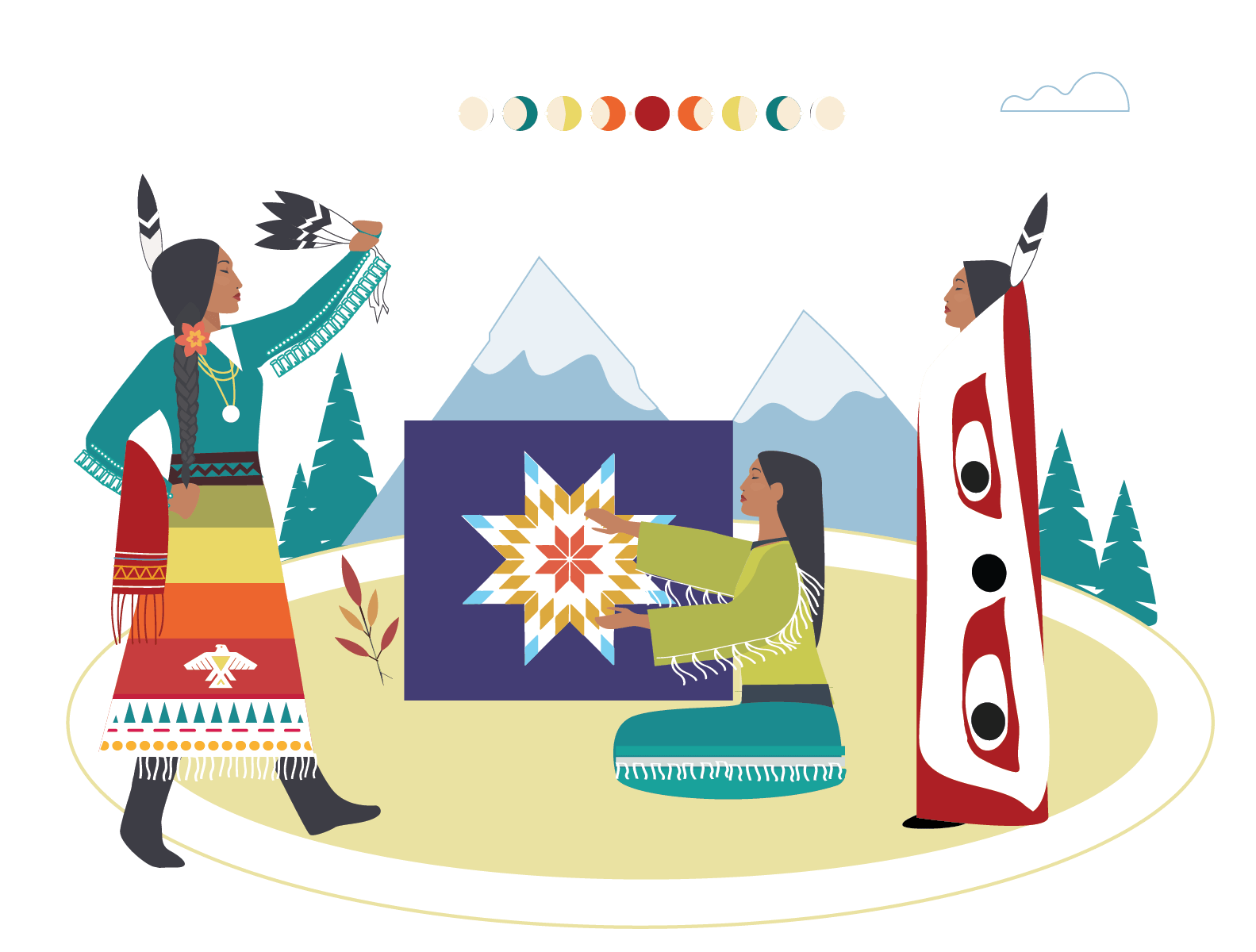Diversification of Tribal Revenue
Diversified revenue sources allow Native nations to effectively care for their people through social programming, economic development, and uplifting sovereignty. This resource highlights common ways Native nations are diversifying their revenue streams, and the benefits and challenges of each.

Diversified revenue sources are important for Native nations to effectively care for their people by supporting social programming, promoting economic development, and uplifting sovereignty. The attached research, conducted by the Institute for Urban and Regional Infrastructure Finance (IURIF) at the Humphrey School of Public Affairs, University of Minnesota, and following summary highlight the most common ways Native nations are diversifying their revenue streams and the benefits and challenges for each.
It’s important to note that this research is based on Western concepts of wealth. Check out our resources on Indigenous wealth for an alternative framing.
Following is a summary of the research document which you can find as a downloadable pdf at the bottom of this page.
Common Funding Sources
- Tribal enterprises (e.g. gaming, tourism & hospitality, convenience stores, agriculture, financial services, cannabis, film)
- Natural resources
- Taxation
- Government-to-government funding
- Philanthropic support
Benefits of Revenue Diversification
- Strengthen sovereignty and self-determination
- Increased community health and wellness
- Fund Tribal government operations/programs
- Creation of social wealth (Western and Indigenous)
- Job opportunities
- Economic growth and sustainability
- Attract members and businesses to Native nation
- Preservation of culture, restoration of food systems, and #landback
Barriers to Revenue-Generating Efforts
- Institutional capacity (e.g., legal and commercial systems, limited talent pool)
- Infrastructure (e.g., electric grid, roads, internet connectivity)
- Access to financial services and markets
- Uncertainty in the regulatory landscape
- Jurisdictional overlap and gaps
- Lack of coordination between federal agencies
- Inconsistent government and philanthropic funding
Native Nation Rebuilding Factors
Each Native nation is unique in culture, history, location, and structure, which means there is no one-size-fits all plan for Tribal economic development. However, there are five factors that research has shown will ultimately lead to better economic outcomes, which are collectively called Native nation rebuilding (NNR):
- Transformational Leadership
- Strong Governing Institutions
- Seventh Generation Thinking
- Cultural Match
- Sovereignty
Using a Rebuilding Lens in Decision Making
When considering possible economic development ventures, it is important that decision makers use a NNR lens. For example, ask yourself the following questions when considering a new opportunity:
- How will this decision positively or negatively impact my community in seven generations?
- Is this option supporting economic sovereignty? Are we in control of the decisions, or is an external party calling all the shots?
- Do we have the infrastructure and non-politicized governing systems to support economic development?
- Am I considering this opportunity to benefit my Nation, or myself? Are there checks and balances to ensure the nation’s interests are protected?
- Is this venture sustainable? Or is it a short-term cash grab?
- Is this opportunity aligned with our traditional values? Are there more ways we could incorporate traditional beliefs and protocols?
- Are our leaders trained to support the additional financial management if we added this to our portfolio? If not, how can we set ourselves up for success in the future?
- Are we making strategic decisions to ensure our members have the skills and experience needed to run future enterprises?
Making economic development decisions through a Native nation rebuilding lens creates opportunities to exert sovereignty and self-determination. Rebuilt Native nations can operate beyond colonial limitations, gain community trust, maintain fiscal stability, and be a leader in the region.
On the path to rebuilding, it’s easy to default back to previous practices because it feels known and comfortable. When feeling lost, look towards the Native nation rebuilding principles. By prioritizing these values, you are sure to see sustained development and enhanced quality of life for tribal citizens.